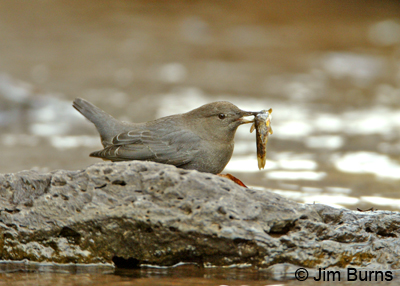
Serious out-of-state birders often spend weeks at a time in the sky islands, the mountains ranges south and east of Tucson, looking for those Mexican species which reach the northern limit of their breeding range just over our southern border. The reason, of course, is that finding birds you haven't seen before is the single most exciting aspect of the birding scene.
With that in mind, Arizona birders who have seen most of the sky island specialties should turn their attention to the White Mountains, the most underbirded and least-appreciated-by-birders part of our state. Most of the White Mountain specialties are species more common farther north in Rocky Mountain habitats. Those habitats reach the southern limit of their range in the high country of east central Arizona and are home to a diverse group of birds not usually associated with our hot, dry, "desert" state--Dusky Grouse, American Three-toed Woodpecker, Gray Jay, Clark's Nutcracker, Pinyon Jay, American Dipper, Mountain Bluebird, Gray Catbird, and Pine Grosbeak.
For specific White Mountain sites and detailed species lists, check out Stuart Healey's website, www.aztrogon.com. If you want a guided birding tour of the Apache-Sitgreaves, Stuart is for hire. He is arguably the best "ear" birder in the country, and he's smart enough to trade his southern Arizona stomping grounds for the cool and scenic White Mountains during the worst of our state's summer doldrums.
You don't really need a guide, though, because just about anywhere you camp or hike above the rim east of Payson you'll find birds you won't see here in the Valley or in the sky islands. My three favorite White Mountain sites are Green's Peak (Dusky Grouse, Mountain Bluebirds, spectacular views), South Fork (Pinyon Jay, Gray Catbird, riparian habitat), and Sunrise Campground (GrayJjay, Pine Grosbeak, Apache Nation day use fee). Typically June is the best of the summer months for two reasons: the birds are more active and visible because they are still tending nests and young; and the monsoon isn't yet in full swing, which means the nights are delightfully cool and though you may see some afternoon rains, it won't be every day as is typical for late summer.
With a chance to beat the heat, enjoy beautiful high country scenery, and see a suite of bird species more typically associated with the northern Rockies, you should be packing your binoculars right now. It's all cool